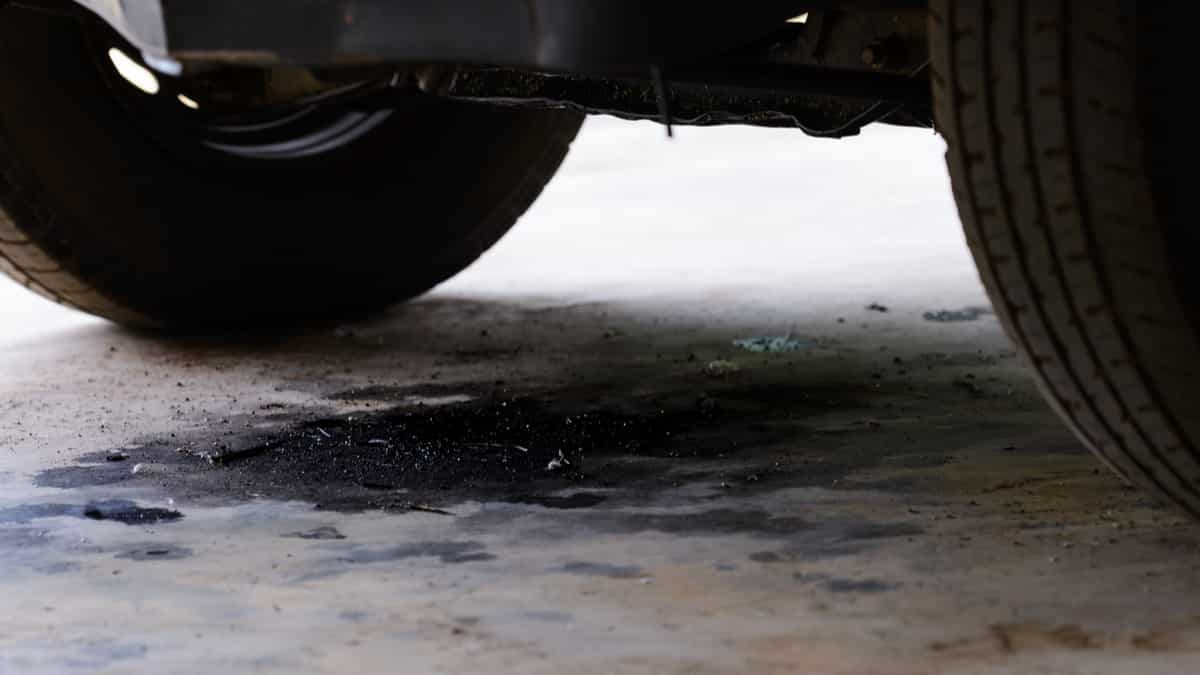Do you know how to fix an oil leak in your car? While some people leave the problem to a mechanic, others do it themselves. It really depends on the leak and your level of comfort. However, addressing the problem early is important because it can save you a lot of money in the future. Here are some helpful tips. First of all, identify the cause of the leak. If you don’t, you can simply add more oil.
Repairing an oil leak
An oil leak can do a lot of damage to your car’s engine, but thankfully, repairing an oil leak is relatively simple. While you might be worried about the damage, a simple repair can help you extend the life of your engine. This article will show you how to fix an oil leak so your car keeps running for a long time. Here’s a step-by-step guide to getting you started!
If your car is leaking oil, it’s vital that you repair it as soon as possible. Some manufacturers recommend waiting until the engine has been out of oil for five days before attempting to repair a leaking part. But even if you can’t detect any visible signs, you can still repair an oil leak yourself by replacing a gasket or worn-out seal. The two parts of a gasket are attached to each other, so it’s vital to get them out quickly.
Symptoms of an oil leak
You may have heard that oil leaks are difficult to detect, but the problem is actually easier to spot than you think. If you notice puddles of oil on the ground, it’s likely that you’re experiencing an oil leak. The oil will be yellow or dark brown in color, and it will have a slippery texture. You can notice small drops, large puddles, or even the smell of burning oil. Look around the engine compartment and under the car for brown, greasy oil.
The most obvious symptoms of an oil leak are a burning odor, and oily marks on your driveway. You might also notice an oil light on your dashboard. If you notice any of these signs, it is best to fix the problem before it gets worse. If you don’t find the oil leak on your own, you might end up spending a lot of money to fix the problem. Luckily, there are many easy ways to diagnose and fix the problem.
Identifying the cause of an oil leak
There are a few ways to identify an oil leak in a vehicle. Depending on the type of leak, fresh oil will appear as wet stains, contrasting with a white powder. To determine the source of the leak, look under the hood or the engine compartment. A flashlight is a helpful tool for lighting dark areas. Remove any plastic covers that may obscure your view of the engine. Fresh oil leaks will appear as wet stains, or drips.
If you find a small oil leak, you may be able to wait for it to build up. You may not need to get to the leak immediately if it is slow, but it will always get worse as it continues. To identify the source of the leak, take note of the location of the oil drain plug and tighten the bolt tightly. If you find that the oil leak has gotten worse over time, it may be time to replace the oil in the engine.
Adding more oil to fix an oil leak
Adding more engine oil to fix an unnoticed oil leak in your car can be a quick way to get rid of an unpleasant odor. But adding oil to the engine is not the only way to remedy the problem. Leaky oil can be caused by several different reasons. For instance, your car may be leaking oil due to a crack in the engine block. If this is the case, you must replace the engine block and then add more oil to the car.
Adding more engine fluid to the car can help prevent the wear and tear of the car parts and can also provide lubrication for the car. However, it won’t stop the leak from occurring and will only make it worse. Not to mention that it’s not good for the environment. While adding more oil will help you solve a temporary problem, you may end up with a much bigger problem than you originally had.

